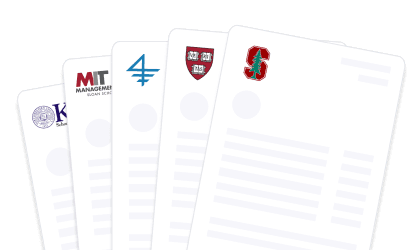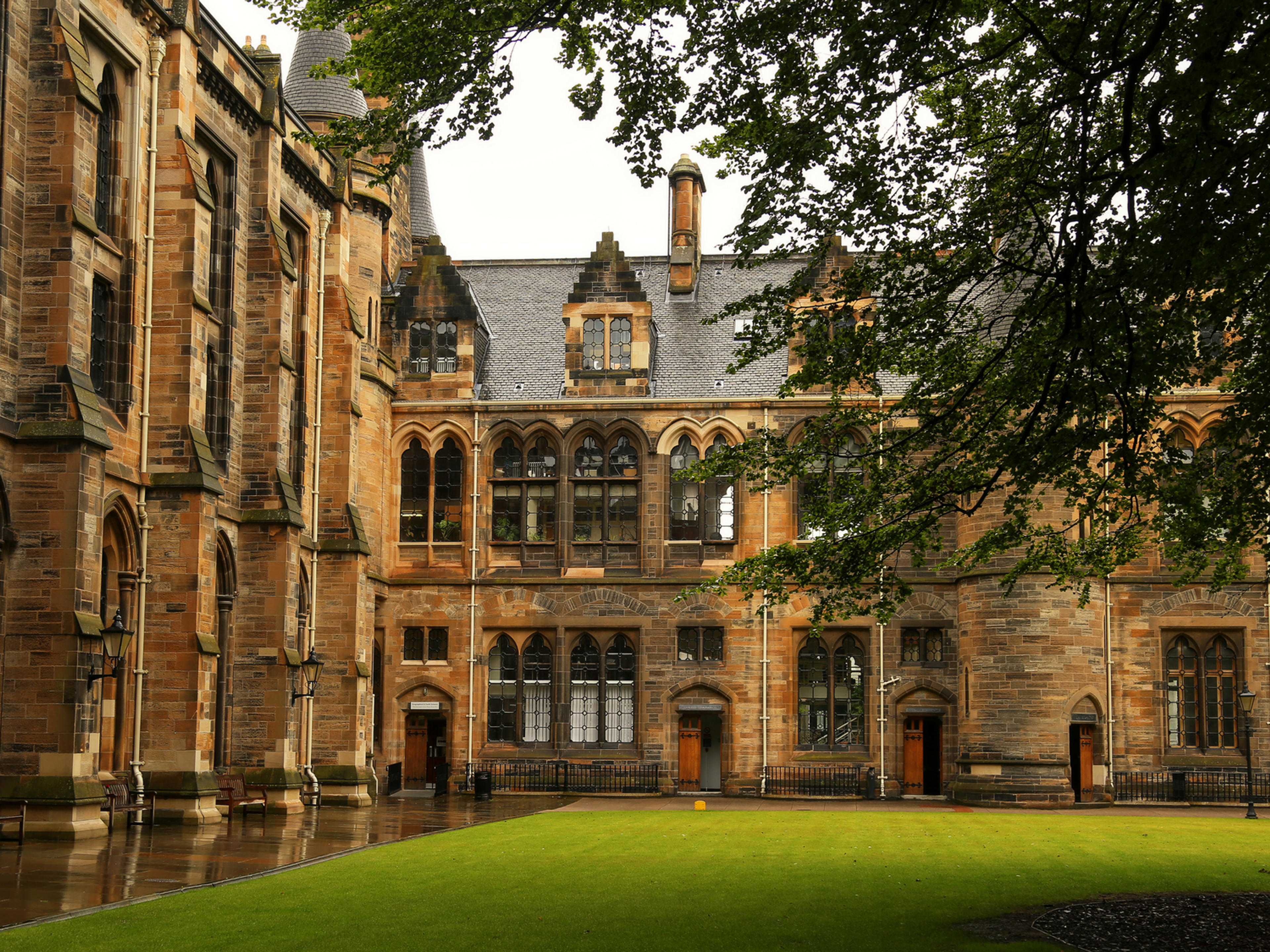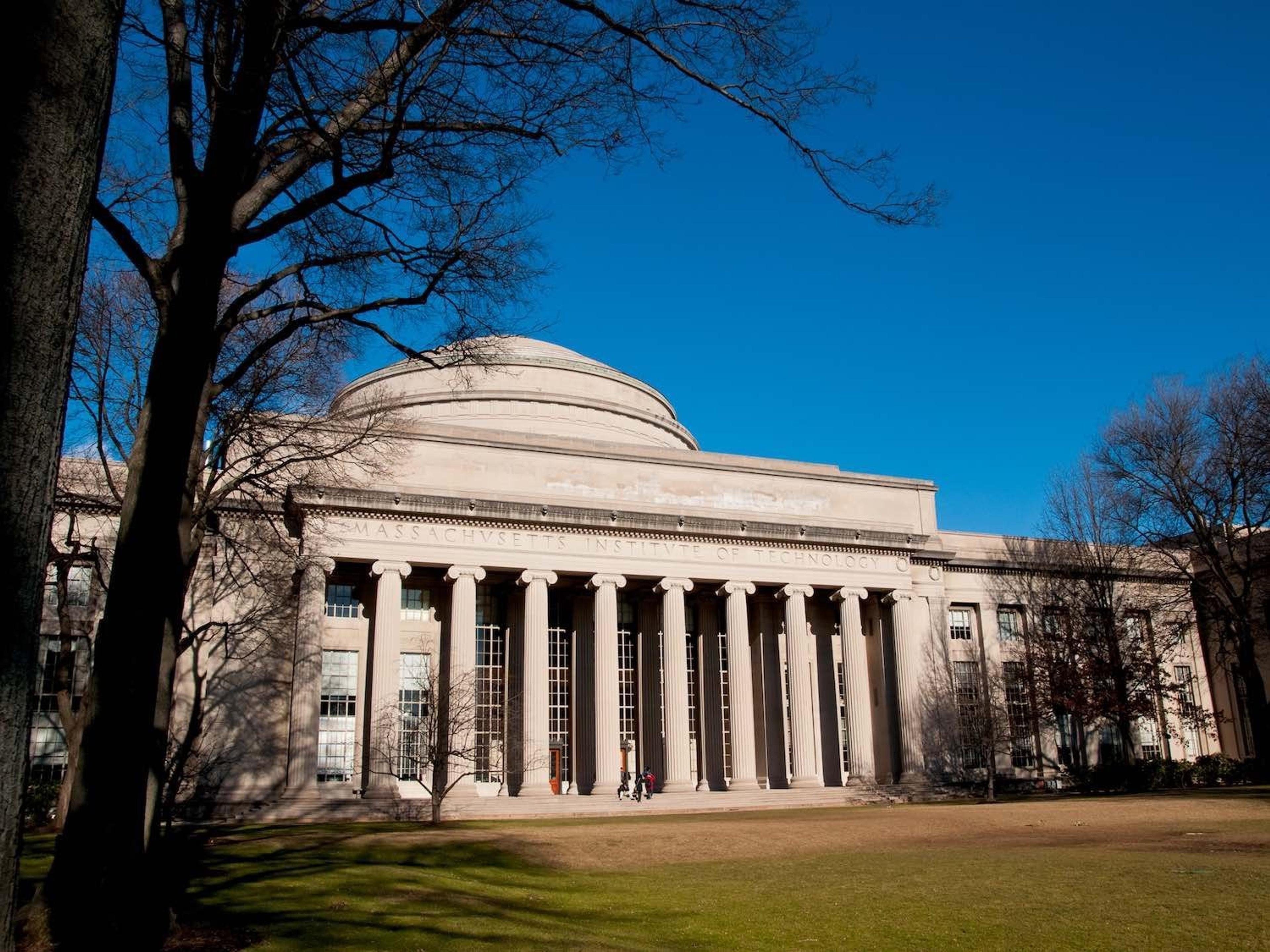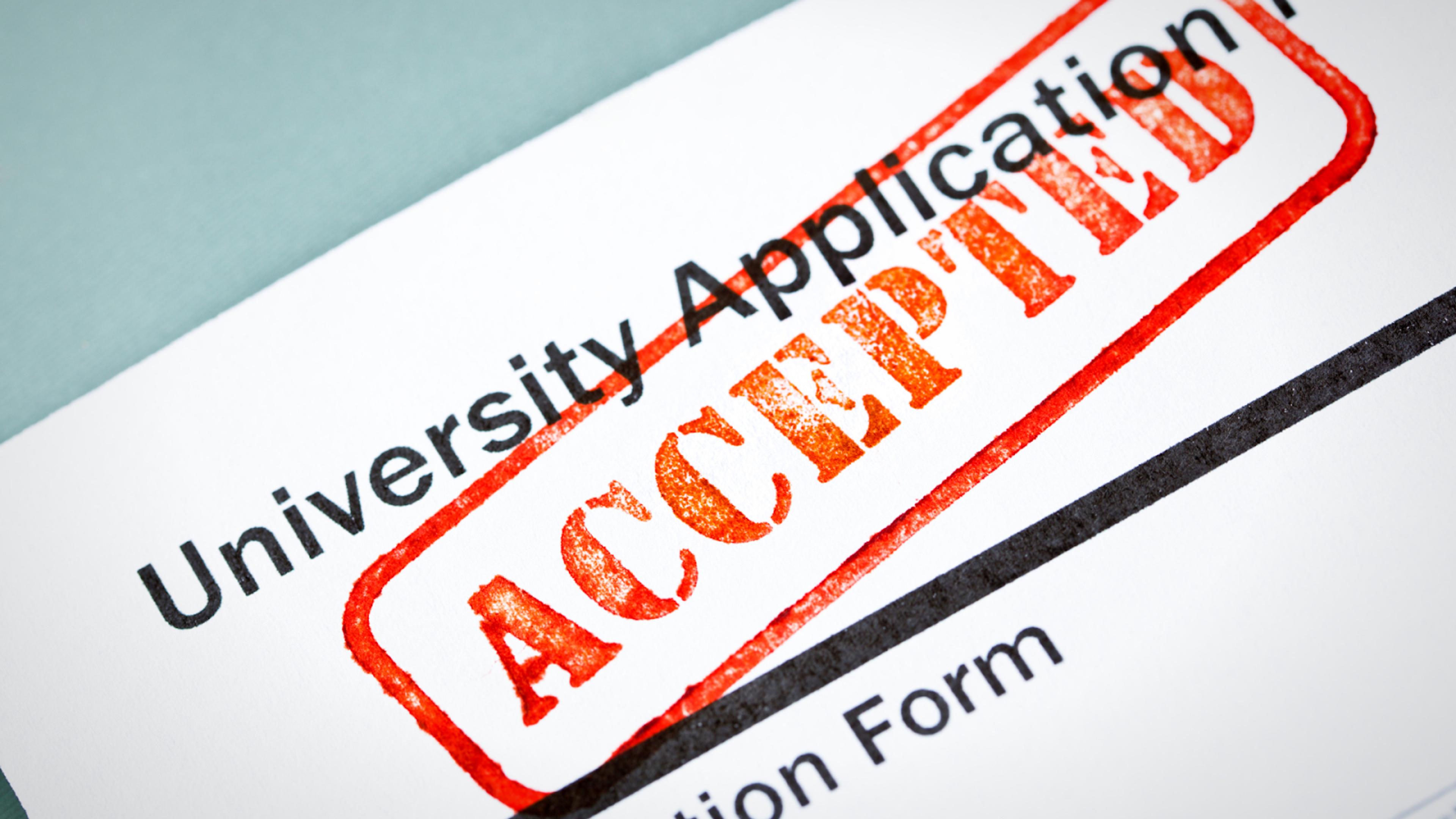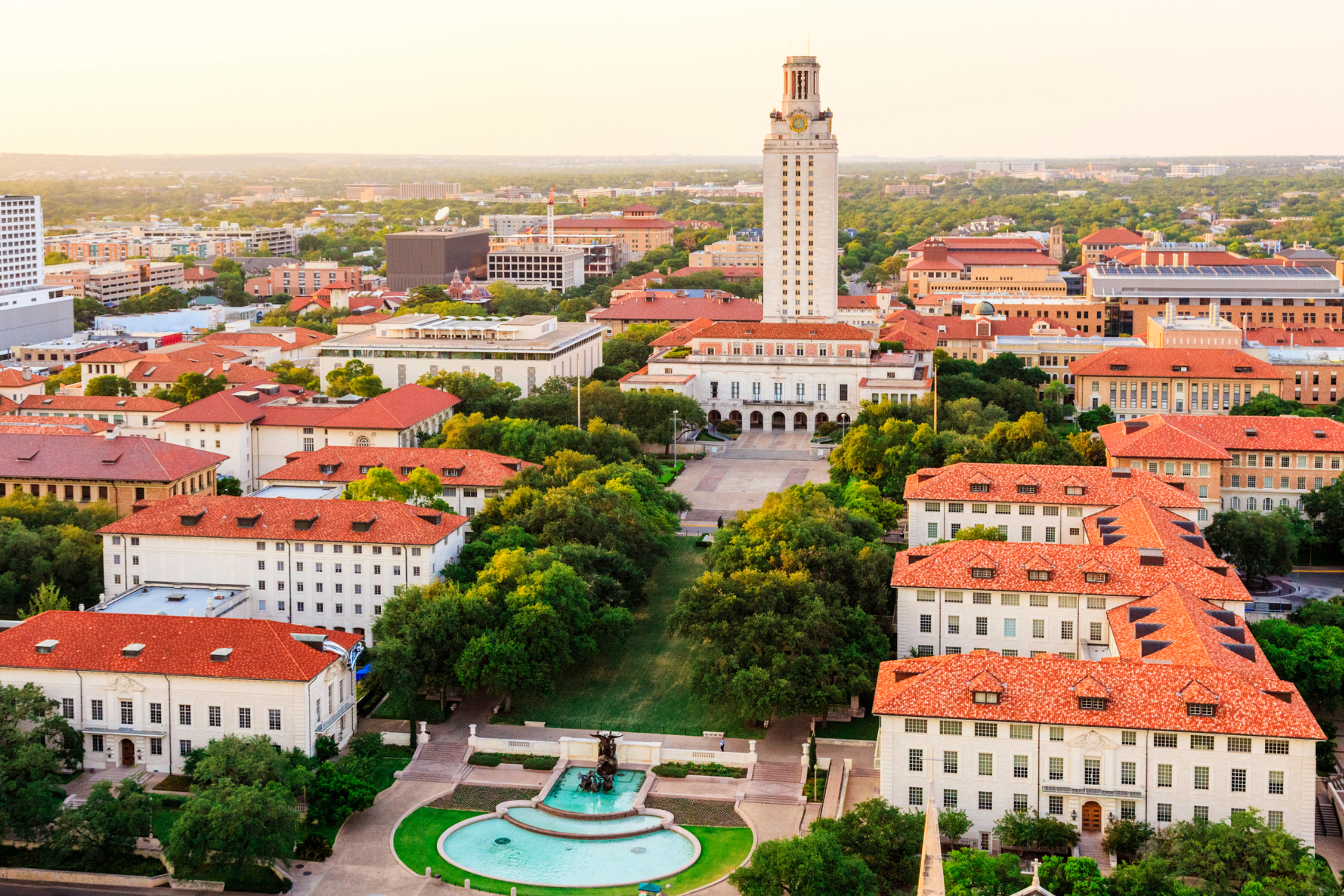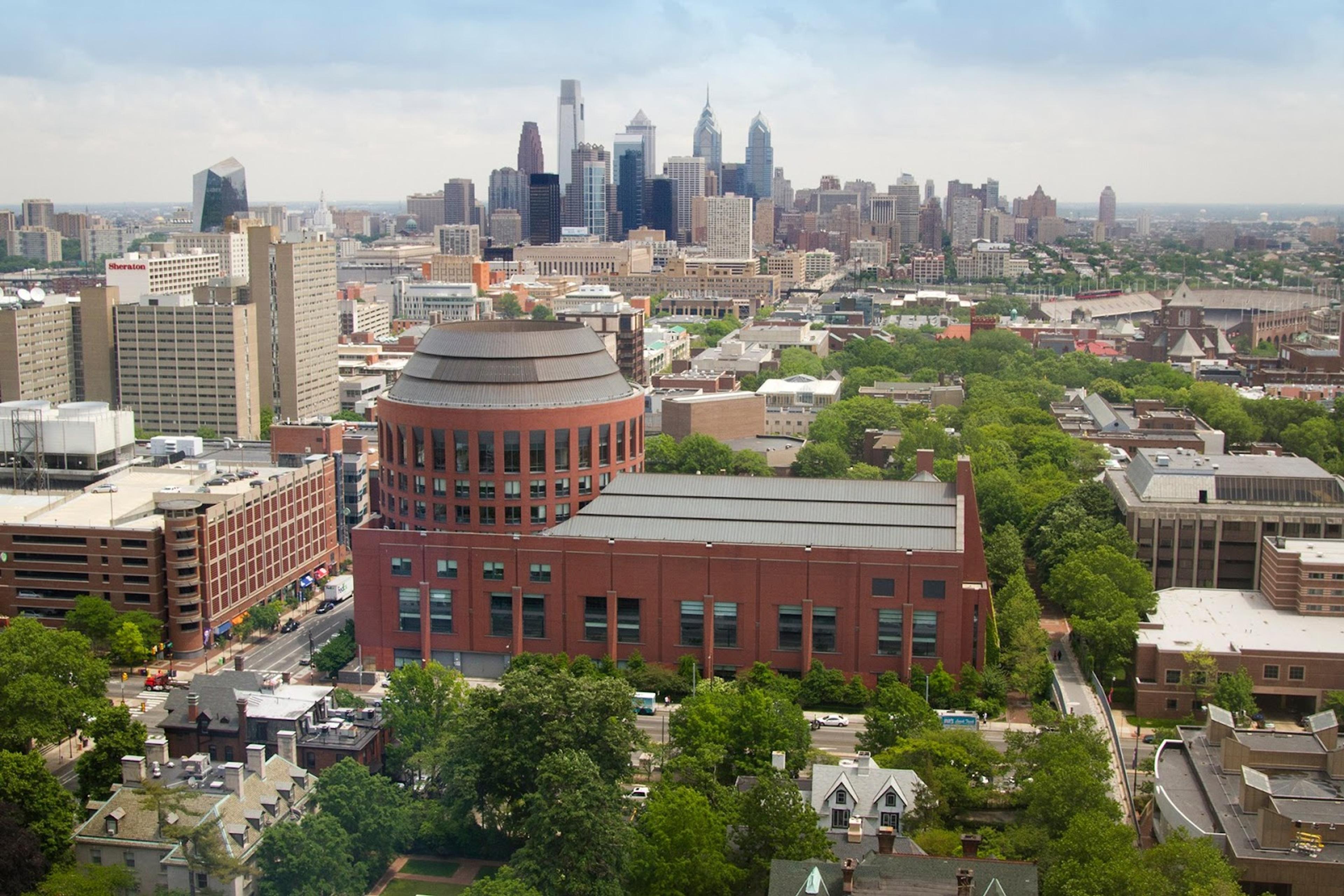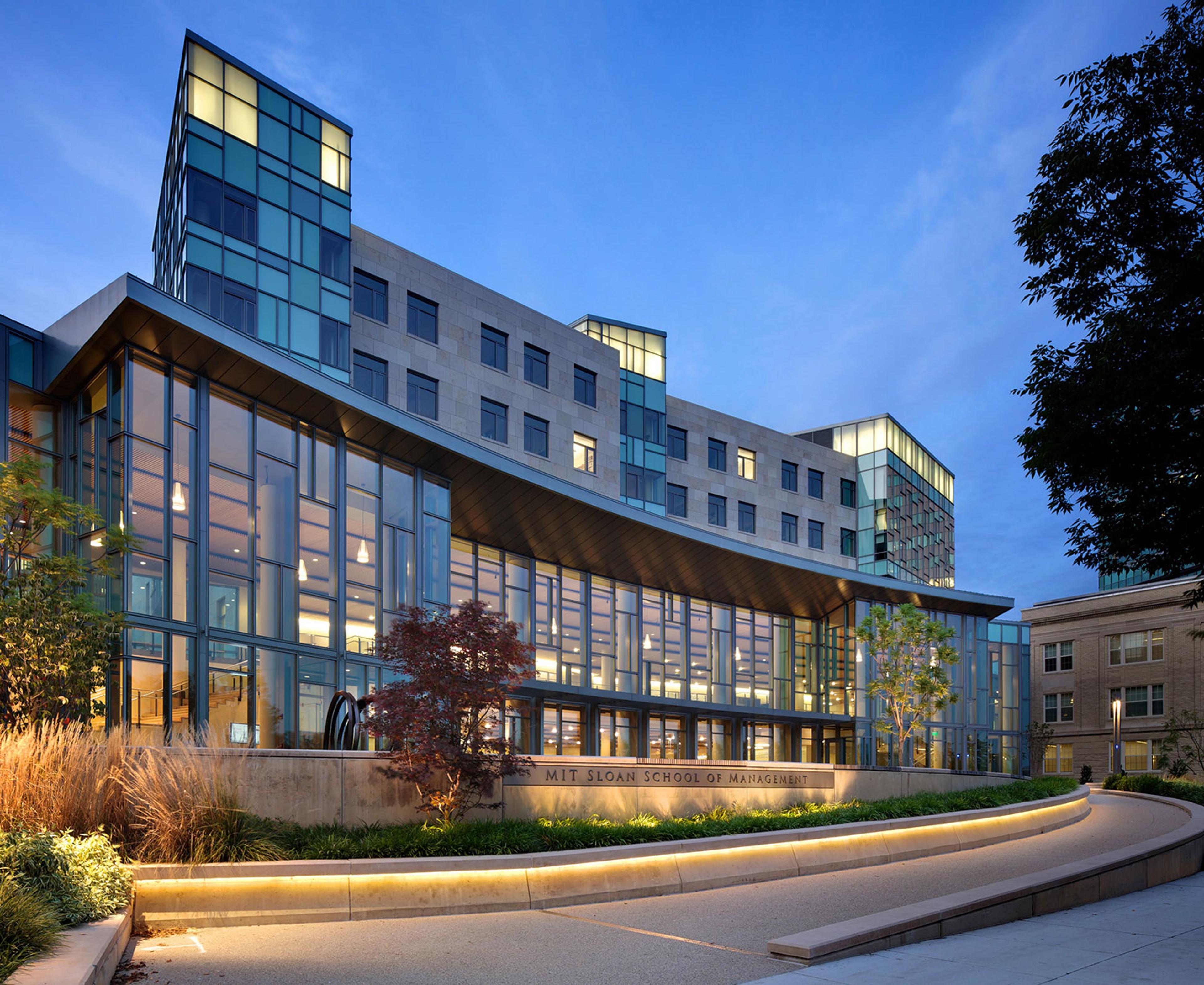
Join a free event
Learn from top coaches and industry experts in live, interactive sessions you can join for free.
Table of Contents
The MIT Sloan School of Management is one of the most competitive MBA programs in the world. With an acceptance rate of about 14%, the MIT Sloan MBA program ranks among the hardest to get into, alongside Harvard Business School and Stanford. The school admits a relatively small MBA class of just over 400 students each year, which adds to the selectivity. MIT Sloan seeks academic excellence in its applicants, making exceptional academic performance a key factor in admissions decisions.
If you are an applicant targeting a seat at the Sloan School, understanding what the admissions committee is looking for is an important first step. This article breaks down key data, what the school values, and how to improve your odds.
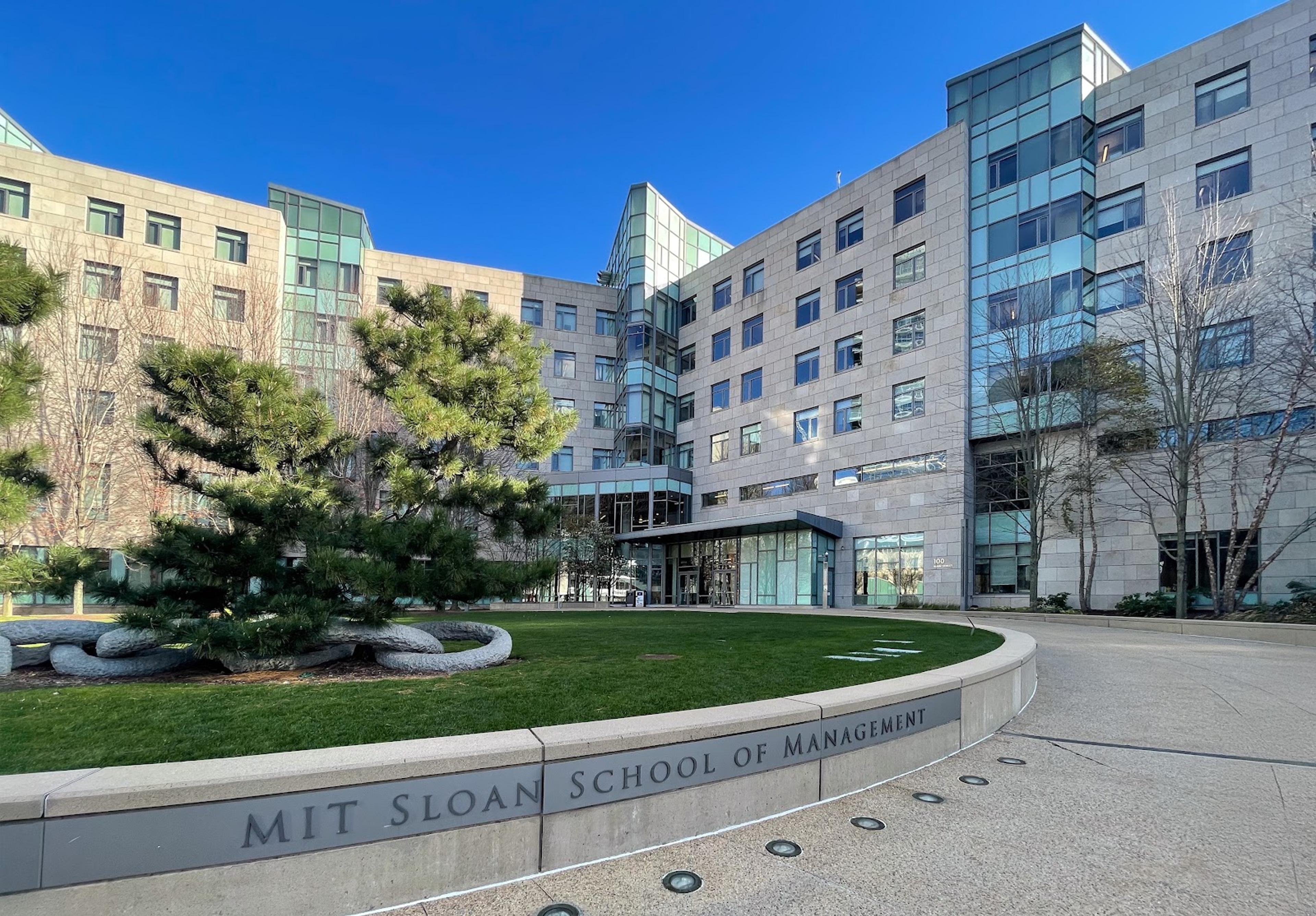
In addition to its rigorous admissions process, MIT Sloan offers unique opportunities such as innovative educational programs, scholarships, and dual degree options, providing students with valuable resources and experiences.
MIT Sloan Acceptance Rate at a Glance
Latest Stats (Class of 2026)
- MIT Sloan MBA acceptance rate: ~14%
- Class size: ~409 students in the full-time MBA program
- International students: 40%
- Women: 49%
- Underrepresented minorities: 15%
- First-generation students: 10%
- Countries represented: 53
- Average work experience: 5 years
- Enrolled students: 433 (this includes full-time MBA + LGO)
MIT Sloan School consistently receives thousands of MBA applications for a limited number of seats. With a small cohort size and a selective admissions process, it remains one of the most competitive business schools in the world.
Peer Comparison
| School | Acceptance Rate | Class Size |
|---|---|---|
| MIT Sloan | ~14% | ~409 |
| Harvard Business School | ~13% | ~930 |
| Stanford GSB | ~8% | ~424 |
| Wharton | ~22% | ~874 |
Note: While MIT Sloan’s acceptance rate is slightly higher than Stanford’s, the small MBA class size results in similar odds for MBA applicants.
For more information, you can visit the Sloan MBA Class of 2026 Profile
What the MIT Sloan Admissions Committee Looks For
Holistic Review Process
The MIT Sloan admissions committee uses a holistic approach. They evaluate not just academic background and test scores but also professional achievements, leadership experience, and mission alignment.
They value applicants who demonstrate:
- Intellectual curiosity
- Data-driven problem solving
- Team orientation
- Adaptability
- Integrity
Expert Tip: Sloan seeks individuals who align with Sloan’s mission and are ready to contribute to its collaborative culture.
Key Academic and Professional Metrics
| Metric | Median / Range |
|---|---|
| GMAT Score | 730 (Middle 80%: 690–760) |
| GRE Verbal | Middle 80%: 157–168 |
| GRE Quant | Middle 80%: 159–170 |
| GRE Score (Average) | ~324 |
| GPA (Sloan average GPA) | Median: 3.7 (out of 4.0) |
| Work Experience | Average: 5 years |
The average GRE score for MIT Sloan is approximately 324, and the Sloan average GRE score serves as a useful benchmark for applicants aiming to be competitive. MIT Sloan accepts both the traditional GMAT and the GMAT Focus Edition for admissions. GPA reflects your academic performance during undergraduate studies.
Note: Test scores and GPA are critical components of the application process, but they are considered alongside factors like recommendation letters, impact, and contribution to team projects.
Class Profile of MIT Sloan MBA Students
Demographics and Academic Background
MIT Sloan aims to build a diverse class with strong representation across backgrounds, countries, and experiences.
- Women: 49%
- International applicants: 40%
- Underrepresented minorities: 15%
- First-generation students: 10%
- Countries represented: 53
Top undergraduate majors include:
| Major | % of MBA Students |
|---|---|
| Engineering | 29% |
| Business | 22% |
| Economics | 15% |
| Computer Science | 9% |
| Science/Math | 8% |
| Social Sciences | 6% |
| Other | 5% |
| Humanities | 4% |
| Law | 1% |
Pre-MBA Industries and Employers
MIT Sloan attracts students from a range of professional fields. The top pre-MBA industries include:
- Consulting: 30%
- Financial Services: 21%
- Technology: 20%
- Government, Education, Nonprofit: 10%
Top Pre-MBA Employers
Many admitted students come from highly regarded organizations, including:
These companies are frequently cited in employment reports and are often considered strong feeders to the Sloan MBA program.
Inside the MIT Sloan Application Process
Required Components
The MIT Sloan MBA program uses a structured application designed to evaluate academic potential, professional achievements, and personal alignment with Sloan’s mission. A complete application for the Class of 2026 includes:
- Cover letter (500 words) explaining why you are applying to MIT Sloan
- One-page resume
- 60-second video introducing yourself to your future classmates (recorded in one take, no editing or background music)
- An organizational chart that shows your position and reporting structure within your organization
- One letter of recommendation
- Additional references (optional, for context)
- Academic transcripts
- Test scores (GMAT or GRE required)
- Relevant coursework and certifications (optional)
- Short answer essay: “The world that shaped you” (250 words, optional)
- Application fee: $250
- Application fee waiver available for eligible applicants
Note: Applicants must submit materials through the MIT Sloan online application portal. Incomplete or late applications are not reviewed.
For more information, you can visit the MIT Sloan How to Apply to the MBA Program Page
Application Timeline (Fall 2026 Entry)
| Round | Application Deadline | Final Decision |
|---|---|---|
| Round 1 | September 29, 2025 (3 PM ET) | December 2025 |
| Round 2 | January 13, 2026 (3 PM ET) | April 2026 |
| Round 3 | April 6, 2026 (3 PM ET) | May 2026 |
Notes:
- All applications must be submitted by 3:00 PM Eastern Time on the stated deadline.
- Early decisions may be released for applicants not moving forward.
- Reapplicants may apply in any round.
- LGO applicants and dual degree applicants (including HKS and DUSP) must follow separate, designated rounds and instructions.
What to Expect From the Interview Process
Interview Format
- Interviews are by invitation only and are required if you are to be considered for admission.
- Invitations signal that your application has advanced, but are not a guarantee of admission.
What Happens Before and During the Interview
- If invited, you will be asked to answer two short written questions before your interview.
- Interviews are conducted virtually and scheduled in Boston local time.
- The format is behavioral, meaning questions focus on real experiences from your past, such as leadership decisions, teamwork, or handling conflict.
- The MIT Sloan admissions committee looks for clarity, self-awareness, and thoughtful reflection during this stage.
Read: MIT Sloan MBA Interview: Format, Expert Tips, & Common Questions
Academics and Student Life at Sloan
Curriculum Flexibility
The MIT Sloan MBA program begins with a required one-semester core curriculum, followed by three semesters of elective courses. After completing the core, students can tailor their academic experience by choosing from a wide range of electives, lab courses, and international learning opportunities. Students may also take up to three graduate-level electives from other MIT departments or cross-register at the Harvard Kennedy School.
Certificates Offered
- Finance
- Entrepreneurship and Innovation
- Business Analytics
- Sustainability
- Healthcare
- Product Management
- Enterprise Management
Note: These certificates allow MBA students to deepen their knowledge in a specific focus area without committing to a formal major or concentration.
Culture and Learning Style
Sloan students learn through a combination of team projects, case-based learning, and action-based labs. The program emphasizes collaboration, experimentation, and real-world impact. Outside the classroom, students participate in a range of professional clubs, affinity groups, and student-led initiatives that support leadership development and networking. The culture encourages curiosity, respectful debate, and community involvement across sectors and backgrounds.
5 Tips to Strengthen Your MIT Sloan MBA Application
Tip 1: Build a Profile That Reflects Real Impact
MIT Sloan looks beyond test scores. They want thoughtful leaders with a record of action. Use your application to highlight specific, measurable outcomes you’ve achieved in your professional roles, whether you led a new initiative, improved a process, or contributed to a team win. Demonstrate leadership impact by explaining not just what you did, but how it affected your organization or community. Admissions officers want to see how your experiences prepare you to contribute meaningfully to the Sloan MBA class.
Tip 2: Align Your Goals With Sloan’s Mission
MIT Sloan is looking for applicants who will make meaningful changes. Your goals should show alignment with Sloan’s mission to develop principled, innovative leaders. Explain how you plan to use your MBA to solve real problems or lead in high-impact areas like sustainability, tech, or public policy. Be specific about how Sloan’s unique learning model, certificates, or academic approach will support those goals. Showing a clear fit increases your credibility with the admissions committee.
Tip 3: Be Strategic With Application Materials
The cover letter is not just a formality; it replaces a traditional personal statement. Use it to connect the dots between your background, values, and career plans. Keep it direct, action-focused, and personal. In your video statement, speak naturally and clearly. You’re introducing yourself to future classmates, so keep it professional but authentic. Use the organizational chart to clearly show your role, responsibilities, and leadership scope, especially if your title doesn’t reflect your level of influence.
Tip 4: Manage the Timeline Carefully
Missing a deadline can end your chances before they begin. Mark each application deadline early and build in time for reviews, test score uploads, and letters of recommendation. If you’re eligible, apply for the application fee waiver at least one week in advance. Many applicants benefit from submitting in Round 1 or 2, when more seats and merit-based fellowships are available. Planning ahead gives you time to submit a thoughtful and complete application.
Tip 5: Use Examples That Reflect Sloan Values
Throughout your application, choose stories and examples that demonstrate qualities Sloan values: teamwork, innovation, humility, and resilience. MIT Sloan is known for its action-based approach to learning, so use situations that show how you took initiative, worked through ambiguity, or led a group through change. The best applications consistently reinforce your fit with the school, both academically and culturally.
The Bottom Line
The MIT Sloan MBA program is one of the most competitive business schools in the world, with an estimated acceptance rate of around 14% and a class size of just over 400 students. To stand out, applicants need more than strong test scores; they need to show leadership, purpose, and alignment with Sloan’s mission.
The admissions process is structured and rigorous, requiring a cover letter, video statement, and organizational chart, in addition to academic records and test scores. With strong outcomes, a diverse class makeup, and a flexible academic path, MIT Sloan attracts students from top employers and global backgrounds. Applicants who prepare strategically and tell a clear, values-driven story will have the best chance of earning a place in this highly selective program.
Work With a Coach to Improve Your Chances
The MIT Sloan MBA admissions process is competitive, and the application is different from most MBA programs. Working with a Leland coach can help you approach each step strategically. Our experts include former MIT Sloan admissions committee members and successful MBA students who have been through the process themselves. Leland coaches can review your MBA applications, strengthen your cover letter and video statement, and prepare you for your interview experience. Work with a coach today to improve your odds of getting admitted to the Sloan School of Management.
Read these next:
- MBA Requirements: What You Need to Apply (and What Top Programs Really Look For)
- 5 Common Red Flags in MBA Applications (& How to Overcome Them)
- How to Get Into a Top MBA Program: The Expert Guide
- How to Choose an MBA Program: The Discerning Student's Guide
- The 10 Best MBA Admissions Consultants
FAQs About MIT Sloan MBA Acceptance
How hard is it to get into the MIT Sloan MBA?
- Getting into the MIT Sloan MBA program is highly competitive. The acceptance rate is around 14%, and the admissions committee looks for applicants with strong leadership, professional impact, and academic performance.
What GPA do you need for the MIT Sloan MBA?
- The MIT Sloan average GPA for admitted students is between 3.6 and 3.7. While GPA is a key factor, the MBA admissions process also weighs experience, test scores, and your alignment with Sloan values.
Is the MIT Sloan MBA worth it?
- Yes. The Sloan MBA program offers strong career outcomes, hands-on learning, access to MIT’s network, and personalized academics. Graduates often move into leadership roles in consulting, tech, finance, and more.
What is the hardest MBA program to get into?
- Stanford GSB is often considered the hardest, with an acceptance rate of around 6%. MIT Sloan is close behind, along with Harvard Business School, with all three ranking among the most selective MBA programs.
Browse hundreds of expert coaches
Leland coaches have helped thousands of people achieve their goals. A dedicated mentor can make all the difference.











